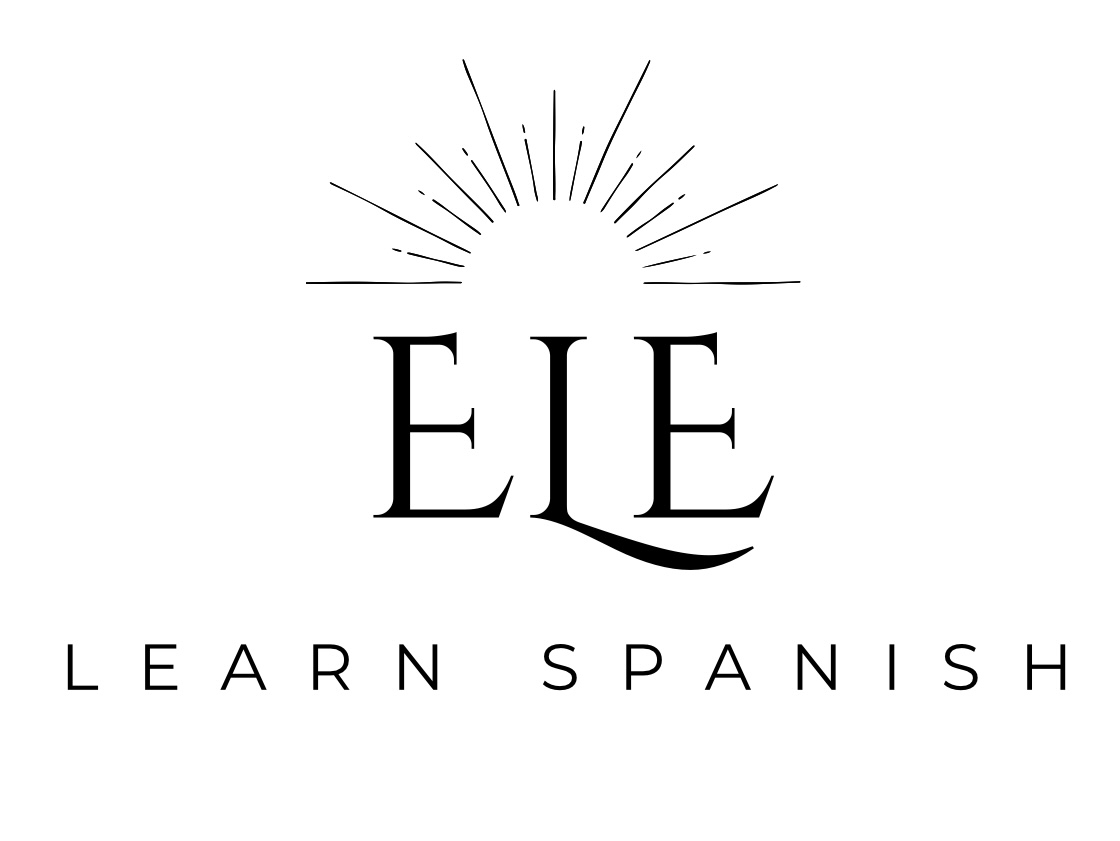¿Qué es un Entorno Virtual de Aprendizaje? (EVA)
Un Entorno Virtual de Aprendizaje es el conjunto de medios de interacción sincrónica y asincrónica, donde se lleva a cabo el proceso de enseñanza y aprendizaje, a través de un sistema de administración de aprendizaje. Asimismo, dan la posibilidad de romper las barreras de espacio y tiempo que existen en la educación tradicional y posibilitan una interacción abierta a las dinámicas del mundo educativo.
Lizcano, (2007) afirma: Los EVA deben diseñarse e implementarse sin perder de vista aspectos como: Son aquellos ambientes de aprendizaje que se diseñan o implementan en las organizaciones y en las instituciones educativas, apoyados con las TIC. El éxito en el diseño e implementación de estos entornos en instituciones educativas exige una actitud abierta al cambio de papel de los integrantes de la comunidad; los maestros son orientadores de los procesos de aprendizaje y, los estudiantes son protagonistas y únicos responsables de éstos.
Existen varios tipos de entornos y/o
plataformas:
• LMS (Learning Management System)
• KMS (knowledge management system)
• ERP (Enterprise Resource Planning)
• CRM (Customer Relationship Management)
• CMS (content management system)
• View transcript...

What is a virtual learning environment? (VLE)
A Virtual Learning Environment is the set of synchronous and asynchronous interaction means, where the teaching and learning process is carried out, through a learning management system. Likewise, they give the possibility of breaking down the barriers of space and time that exist in traditional education and enable open interaction with the dynamics of the educational world.
Lizcano, (2007) affirms: VLE must be designed and implemented without losing sight of aspects such as: They are those learning environments that are designed or implemented in organizations and educational institutions, supported by ICT. The success in the design and implementation of these environments in educational institutions requires an open attitude to the change of role of the members of the community; the teachers are guides of the learning processes and the students are protagonists and only responsible for them.
There are some types of environments and/or platforms:
• LMS (Learning Management System)
• KMS (knowledge management system)
• ERP (Enterprise Resource Planning)
• CRM (Customer Relationship Management)
• CMS (content management system)
